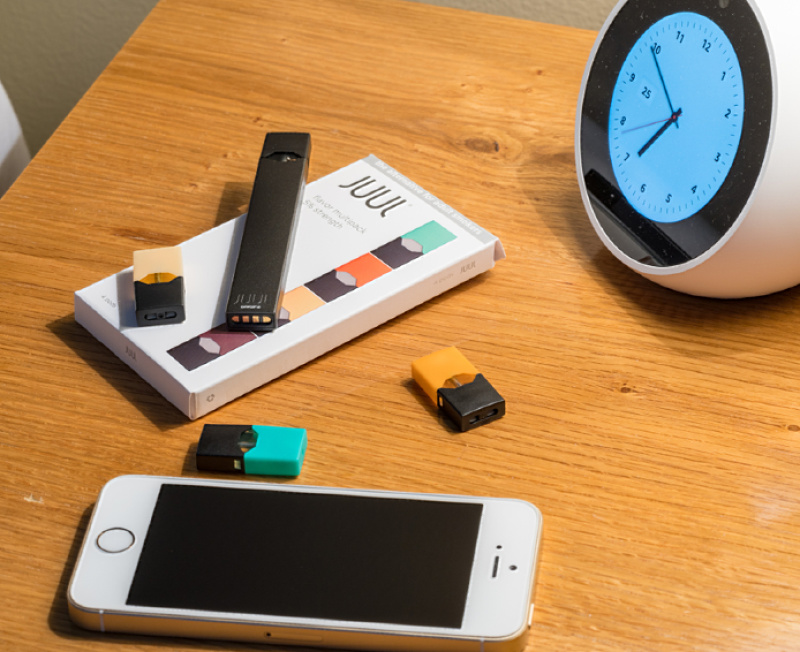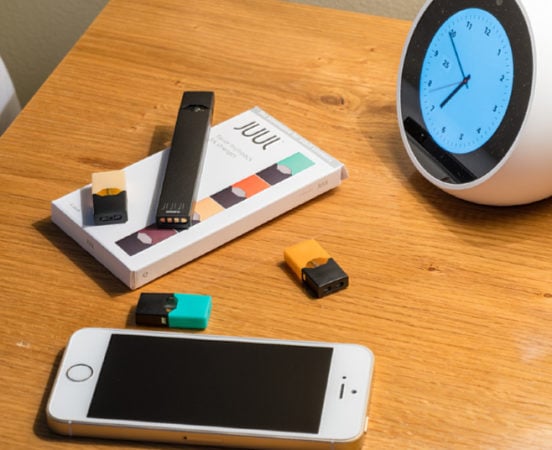
The United States Food and Drug Administration (FDA) has just announced a host of new restrictions on e-cigarettes. Only tobacco, mint and menthol e-cigarettes will be sold at brick and mortar stores. Other “sweet” flavors such as creme and mango that appeal to kids can now only be sold online or at stores with tight age-verification systems. New figures from the Centers for Disease Control and Prevention show a 78 percent increase in vaping by high school students, with 3.6 million high school and middle school students using e-cigarettes.
In his press release, FDA Commissioner Scott Gottlieb said, “We won’t let this pool of kids, a pool of future potential smokers, of future disease and death, to continue to build. We’ll take whatever action is necessary to stop these trends from continuing.” He added, “I will not allow a generation of children to become addicted to nicotine through e-cigarettes.” These reforms were highly anticipated after the FDA first awoke to this burgeoning health crisis in September of this year and stated that it is planning to “unveil a series of measures aimed at curbing teen vaping.”
In a peremptory move, Juul Labs which owns upwards of 64 percent of the e-cigarette market announced on November 14, that it was suspending sales of most of its flavored e-cigarette pods in retail stores and shutting down its Facebook and Instagram accounts. The company’s move was in response to mounting governmental and public pressure. Juul has long said that its product was created as a tool to help adults who smoked traditional cigarettes wean themselves from those cigarettes to vaping, which was touted as a healthier alternative.
But whether the proliferation of Juuling among teens was planned or an unintended consequence really isn’t the issue. Vaping, it turns out, comes with its own side effects, among them nicotine addiction. Because teenage brains are still developing, they need even less nicotine than adults to become addicted and once addicted to nicotine, teens may move on to traditional cigarettes.

Juul e-cigarette or nicotine vapor dispenser box on bedside table with smartphone (Steve Heap/Shutterstock)
About a year ago, in the Grown and Flown Parents group, we started to notice a plethora of posts among our members asking about a small flash-drive looking item that parents were finding in their children’s bedrooms, knapsacks or clothing pockets. Parents were completely clueless as to what these devices were. Apparently while we parents successfully warned about the perils of smoking traditional cigarettes, unbeknownst to us, our kids did not equate vaping with “smoking” and they are vaping in record numbers
The Juul mechanism is especially popular because it is small, easy to hide and comes in a variety of flavors that appeal to kids. The mist from vaping is hard to detect and thus can easily be hidden from parents and teachers. And the Juul pod can be recharged in a computer USB port.
The appeal of Juuling to teens can’t be overstated; it is absolutely compelling to them.
The question remains, will tightening age restrictions, shutting down social media platforms and removing flavors such as creme and mango from the market stop kids from Juuling? Or is this the proverbial case of closing the barn door after the horses are already out. Only time will tell.
Related:
Vaping: What Parents Need To Know
2018 Holiday Gifts Under $50 for Teens and College Students
Source: https://grownandflown.com/juul-labs-acts-reverse-vaping-trends-teens/
The content is owned by Helene Wingens. Visit site here for other valuable articles.

No comments:
Post a Comment